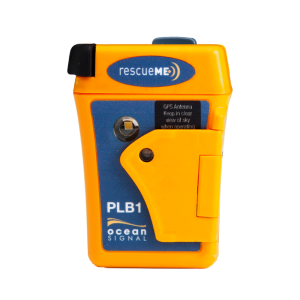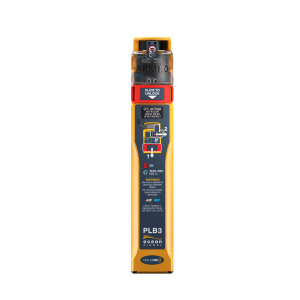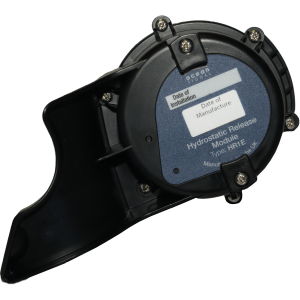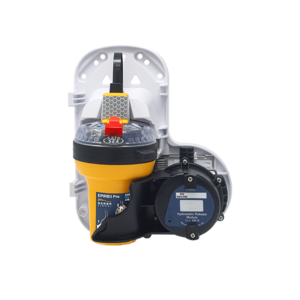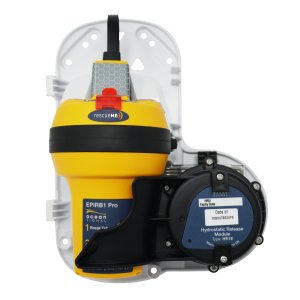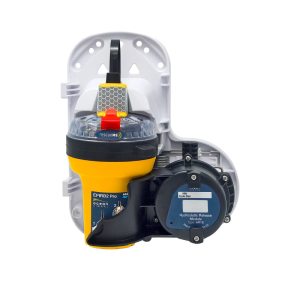
Blog
Strategies for a Safer Boating Season from Ocean Signal

By James Hewitt, Managing Director, Ocean Signal
When you’re hundreds of miles from land, your GPS plotter might show nothing but blue. It’s in that moment—far beyond VHF range and reliant on satellite connectivity for weather, routing, and contact—that the real importance of emergency preparedness becomes clear. As someone who’s spent countless nights offshore—from Biscay gales to Pacific doldrums—I’m often asked: Should I carry an EPIRB, a PLB, or both?
The short answer? If you’re serious about offshore safety, you need both. But understanding the differences between EPIRBs and PLBs—and their roles on board—is key to building a reliable emergency plan.
What’s the Difference? A Technical Overview – EPIRB vs PLB
EPIRBs (Emergency Position Indicating Radio Beacons) and PLBs (Personal Locator Beacons) both transmit a 406 MHz distress signal to the Cospas-Sarsat satellite network, used by global search and rescue organizations (when activated). They also both transmit a 121.5 MHz homing signal for Search and Rescue (SAR) aircraft or vessels.

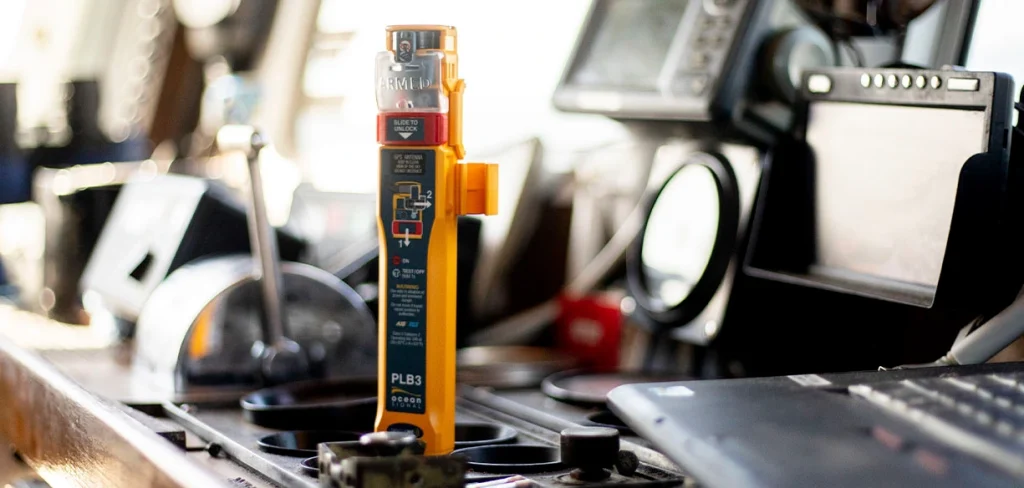
But beyond that, there are fundamental differences between EPIRBs and PLBs in function, form, and use case:
| Feature | Ocean Signal EPIRBs (e.g., EPIRB3) | Ocean Signal PLBs (e.g., PLB3) |
| Registration | Tied to a vessel (MMSI/IMO) | Registered to an individual |
| Activation | Automatic (float-free) or manual | Manual only |
| Battery Life (transmit) | ~48 hours | ~24 hours |
| Deployment Location | Mounted on vessel, auto-release options | Worn on lifejacket or kept in grab bag |
| Return Link Service (RLS) | Yes, on EPIRB3 (Galileo RLS) | Yes, on PLB3 |
| AIS Transmission | Yes (EPIRB3 includes AIS and strobe) | Yes (PLB3 includes AIS and strobe) |
| GNSS Support | Multi-constellation (GPS, Galileo, etc.) | Multi-constellation |
| Primary Use | Vessel-level emergency beacon | Personal overboard or abandon ship backup |
Understanding the Tech: Acronyms & What They Mean
If you’re investing in offshore safety gear, it’s worth understanding what all those acronyms in the spec sheets actually mean. Here’s a plain-language breakdown of the most important terms you’ll see when comparing an EPIRB vs PLB:
📡 406 MHz
📡 121.5 MHz
🛰️ GNSS (Global Navigation Satellite System)
🛰️ GPS (Global Positioning System)
🛰️ Galileo
🔁 RLS (Return Link Service)
📡 AIS (Automatic Identification System)
💡 Strobe
🚨 MMSI (Maritime Mobile Service Identity)
🛰️ Cospas-Sarsat
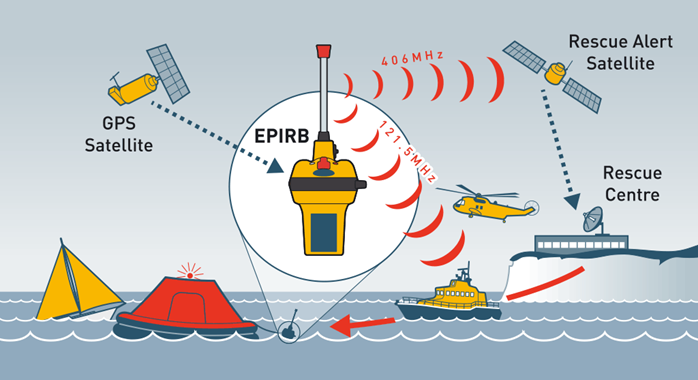
Why You Need an EPIRB for Offshore Voyaging
An EPIRB is the gold standard for offshore emergencies. The Ocean Signal EPIRB3 is a modern example of how far the tech has come: it’s compact, includes AIS for local tracking by nearby vessels, and features Return Link Service to confirm that your distress signal has been received.

Mounted on deck or near your grab bag, the EPIRB3 can float free and self-activate if your vessel sinks rapidly. That’s not something a PLB can do.

I see the EPIRB as your vessel’s primary global distress beacon. It broadcasts your GPS position, vessel information, and distress signal to global SAR authorities. Once activated, it can transmit for up to 48 hours—double the PLB’s endurance.

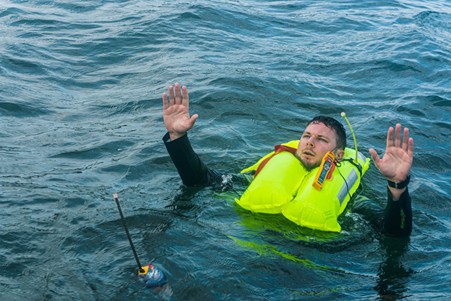
In short, the EPIRB is what gets the cavalry coming, even if you’re unconscious, adrift, or unable to manually activate anything.
Where PLBs Come In: Crew-Level Safety
Now imagine a different scenario—you’re tossed overboard on a night watch, separated from the vessel. In that moment, your ship’s EPIRB is irrelevant. What you need is a beacon that stays with you.
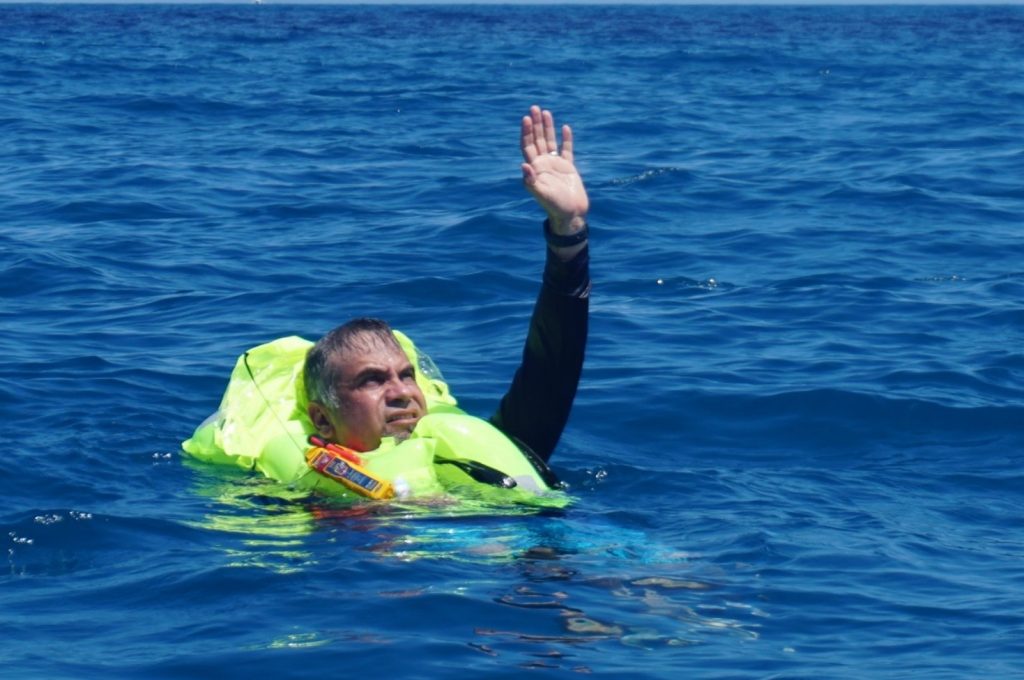
That’s where the Ocean Signal PLB3 shines.
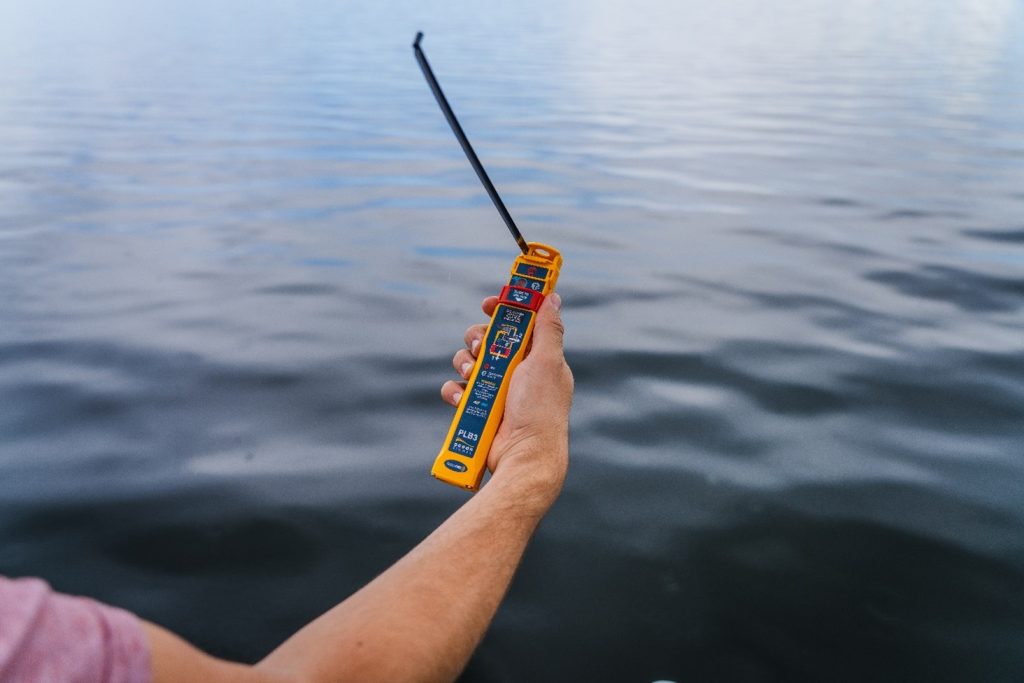
It’s small enough to wear on a lifejacket, rugged enough for offshore conditions, and smart enough to include:
It’s a vital tool for singlehanders and crewed boats alike. I’ve personally mandated that everyone aboard wears a PLB on night watch or in rough conditions. And in liferaft abandon-ship drills, it’s a secondary means of distress signalling that complements the EPIRB.
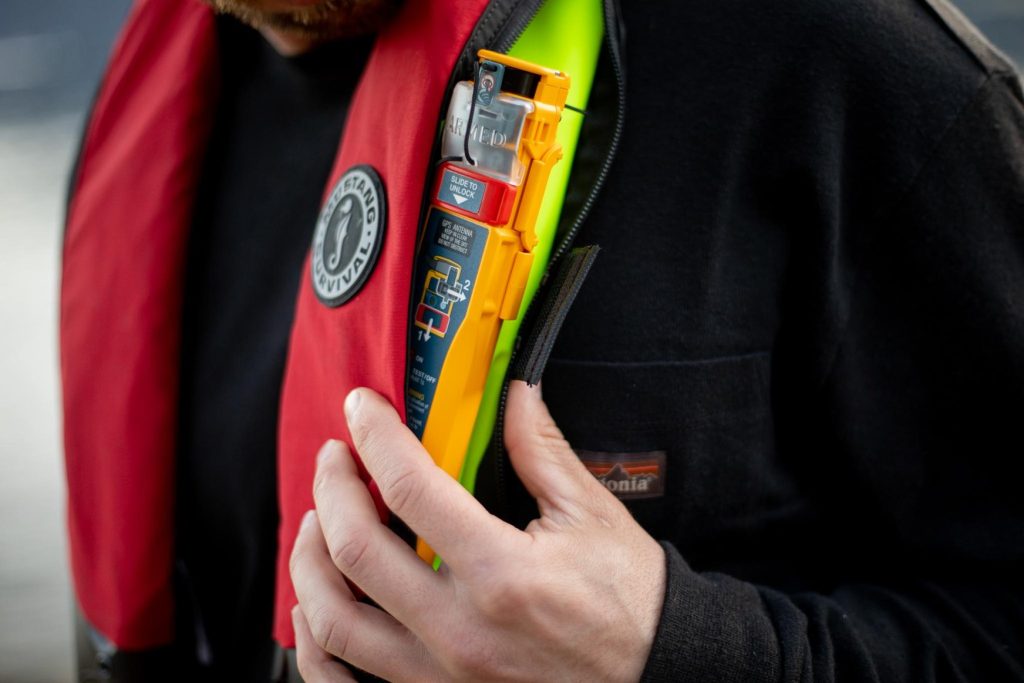
EPIRB vs PLB: Redundancy is Not a Luxury Offshore
In offshore sailing, redundancy equals survivability.
And don’t forget that both devices now offer RLS, a game-changing feature providing reassurance that your call for help has reached someone. When you’re bobbing in 4-meter seas with 20 knots on the nose, that blinking RLS confirmation is more than a morale booster—it’s a lifeline.

Final Thoughts – EPIRB vs PLB: It’s Not Either/Or
Too many sailors still treat PLBs and EPIRBs as interchangeable. They’re not.
An EPIRB is essential. It’s among the first things I reach for in a vessel emergency. A PLB is a personal safety device that covers scenarios the EPIRB can’t. Together, they create a layered safety net.
Ocean Signal’s lineup—especially the EPIRB3 and PLB3—sets a new benchmark for integrated offshore safety with AIS, GNSS, and RLS in both formats.
If you’re heading offshore, don’t compromise. Carry both. Register both. And drill your crew on their use. Because when the sea shows its teeth, it’s too late to wish you’d brought the right gear.

